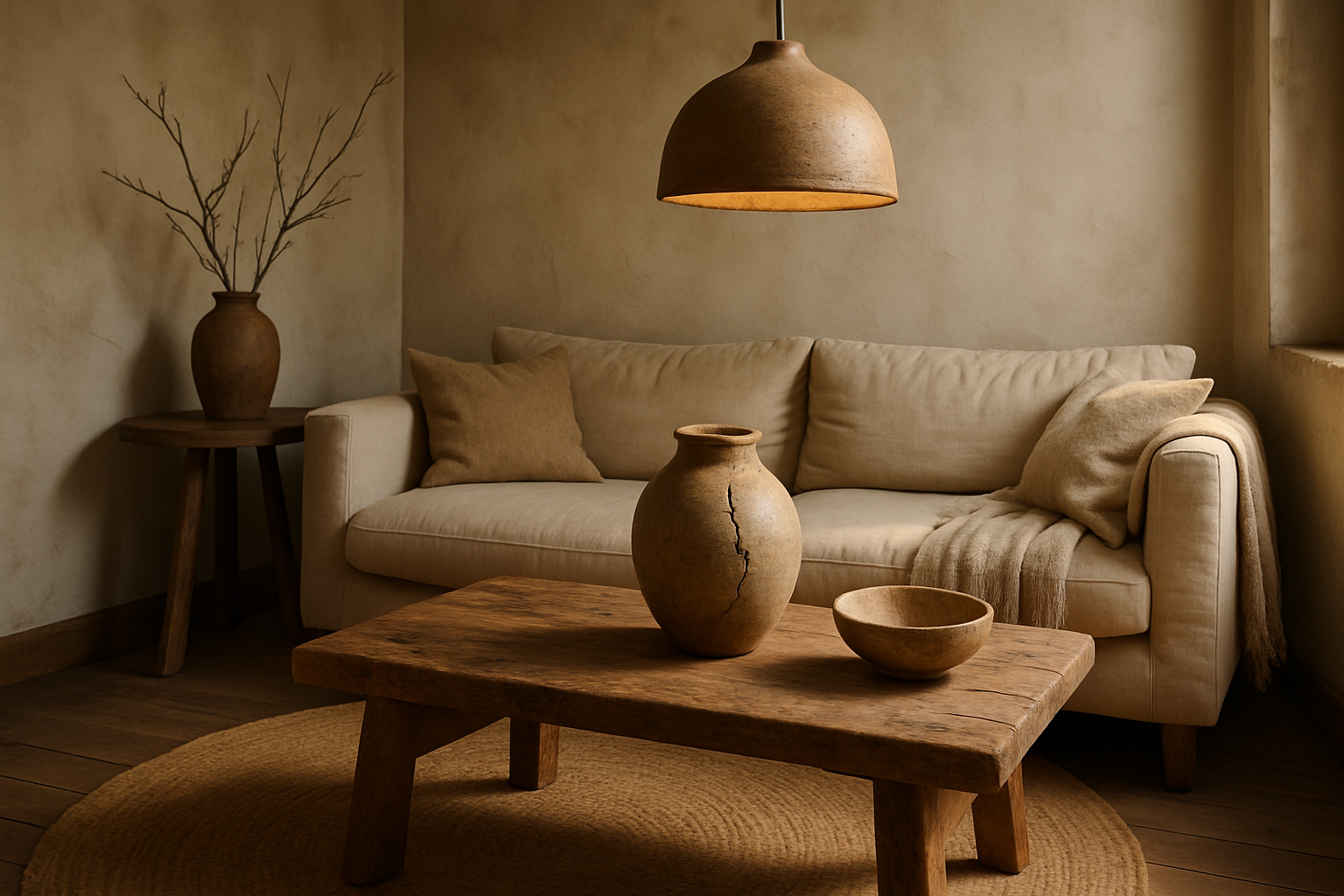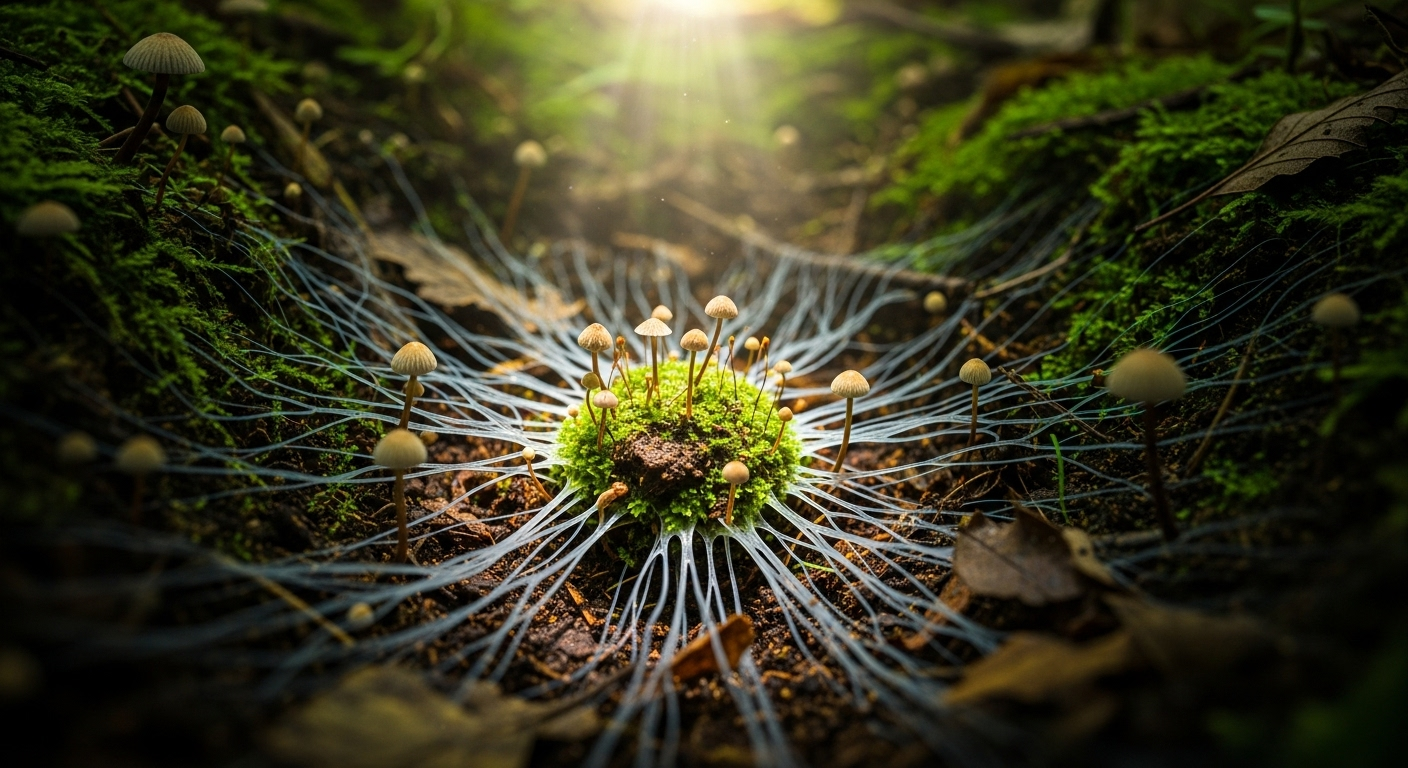Wabi-Sabi: The Art of Imperfect Beauty in Home Design
In a world obsessed with perfection, a centuries-old Japanese aesthetic philosophy is making waves in modern interior design. Wabi-sabi, the art of finding beauty in imperfection and transience, is revolutionizing how we approach our living spaces. This article delves into the essence of wabi-sabi, exploring its principles and how they can transform your home into a sanctuary of serene authenticity.

The Roots of Wabi-Sabi
Wabi-sabi’s origins can be traced back to 16th century Japan, emerging from Zen Buddhist philosophy. The term combines two concepts: ‘wabi,’ which refers to simplicity and a sense of humility, and ‘sabi,’ which embraces the beauty that comes with age and wear. Together, they form a worldview that finds profound beauty in the imperfect, impermanent, and incomplete aspects of life.
Initially, wabi-sabi was closely associated with the Japanese tea ceremony, where rustic, handmade utensils were prized over ornate, perfect pieces. Over time, this aesthetic sensibility expanded beyond ceramics to influence architecture, garden design, and eventually, interior decor around the world.
Core Principles of Wabi-Sabi Design
At its heart, wabi-sabi design embraces several key principles that set it apart from other aesthetic movements:
-
Simplicity: Wabi-sabi interiors are uncluttered and focused on essential elements.
-
Authenticity: Natural materials and handcrafted items are preferred over mass-produced goods.
-
Imperfection: Flaws, asymmetry, and signs of wear are celebrated rather than hidden.
-
Connection to nature: Organic forms and materials create a sense of harmony with the natural world.
-
Tranquility: The overall effect should be one of calm and contemplation.
Implementing Wabi-Sabi in Your Home
Embracing wabi-sabi doesn’t mean completely overhauling your space. Instead, it’s about shifting your perspective and making thoughtful choices that align with its principles. Here are some ways to incorporate wabi-sabi into your home:
-
Choose natural materials: Opt for wood, stone, clay, and linen over synthetic materials. Look for pieces with visible grain, knots, or irregularities that tell a story.
-
Embrace imperfection: Don’t hide chips, cracks, or wear. Instead, consider them as part of your item’s unique history. The Japanese art of kintsugi, which repairs broken pottery with gold, is a perfect example of this principle.
-
Curate mindfully: Select objects not just for their visual appeal, but for their meaning and how they make you feel. Quality over quantity is key.
-
Incorporate organic forms: Favor curved lines and irregular shapes over perfect symmetry. This could mean choosing a handmade ceramic vase over a machine-produced one, or opting for a naturally shaped wooden coffee table.
-
Use a muted color palette: Wabi-sabi interiors typically feature earthy, neutral tones that evoke a sense of calm. Think soft whites, warm greys, and natural browns.
The Wabi-Sabi Garden
The principles of wabi-sabi extend beyond the home’s interior to outdoor spaces as well. A wabi-sabi garden is a far cry from the manicured lawns and perfect flowerbeds of traditional Western landscaping. Instead, it embraces the wild and weathered aspects of nature.
Key elements of a wabi-sabi garden include:
-
Asymmetrical design: Avoid straight lines and perfect circles in favor of natural, organic shapes.
-
Weathered materials: Use reclaimed wood, rusted metal, and stones covered in lichen or moss.
-
Native plants: Choose species that naturally thrive in your climate and allow them to grow in their natural form.
-
Seasonal changes: Embrace the beauty in all stages of plant life, including dormancy and decay.
-
Mindful maintenance: Allow some areas to grow wild while gently tending to others, creating a balance between nature and human intervention.
The Psychology of Wabi-Sabi Spaces
Beyond its aesthetic appeal, wabi-sabi design can have profound effects on our well-being. In a world where we’re constantly bombarded with images of perfection, wabi-sabi offers a refreshing alternative that can reduce stress and increase contentment.
Research has shown that environments that embrace natural imperfections can help reduce anxiety and promote mindfulness. By surrounding ourselves with objects that bear the marks of time and use, we’re reminded of the transient nature of life and the beauty inherent in change.
Moreover, the emphasis on simplicity and authenticity in wabi-sabi design can help counter the feelings of overwhelm and disconnection that often come with our fast-paced, digital-centric lives. A wabi-sabi home encourages us to slow down, appreciate the present moment, and find joy in the simple things.
Wabi-Sabi in a Modern Context
While rooted in ancient philosophy, wabi-sabi is remarkably relevant to contemporary issues. In an era of increasing environmental awareness, its emphasis on natural materials, longevity, and repurposing aligns perfectly with sustainable design principles.
Furthermore, as the backlash against “Instagram-perfect” interiors grows, wabi-sabi offers a more authentic and livable alternative. It encourages us to create spaces that reflect our true selves rather than adhering to fleeting trends or unrealistic standards of perfection.
Embracing the Beauty of Imperfection
Wabi-sabi is more than just a design trend; it’s a philosophy that can transform how we live in and perceive our homes. By embracing imperfection, simplicity, and authenticity, we can create spaces that are not only beautiful but deeply personal and soul-nourishing.
As we navigate an increasingly complex and fast-paced world, the principles of wabi-sabi remind us to find beauty in the everyday, to appreciate the passage of time, and to create homes that are true reflections of ourselves. In doing so, we may just find that imperfection is, indeed, perfect.





